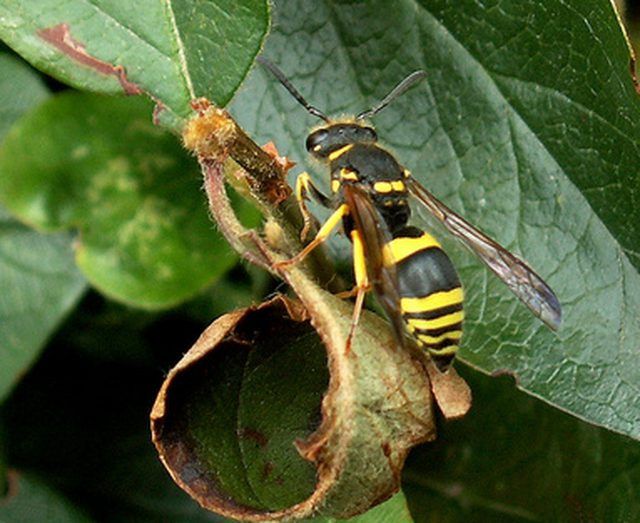Bulbs
Flower Basics
Flower Beds & Specialty Gardens
Flower Garden
Garden Furniture
Garden Gnomes
Garden Seeds
Garden Sheds
Garden Statues
Garden Tools & Supplies
Gardening Basics
Green & Organic
Groundcovers & Vines
Growing Annuals
Growing Basil
Growing Beans
Growing Berries
Growing Blueberries
Growing Cactus
Growing Corn
Growing Cotton
Growing Edibles
Growing Flowers
Growing Garlic
Growing Grapes
Growing Grass
Growing Herbs
Growing Jasmine
Growing Mint
Growing Mushrooms
Orchids
Growing Peanuts
Growing Perennials
Growing Plants
Growing Rosemary
Growing Roses
Growing Strawberries
Growing Sunflowers
Growing Thyme
Growing Tomatoes
Growing Tulips
Growing Vegetables
Herb Basics
Herb Garden
Indoor Growing
Landscaping Basics
Landscaping Patios
Landscaping Plants
Landscaping Shrubs
Landscaping Trees
Landscaping Walks & Pathways
Lawn Basics
Lawn Maintenance
Lawn Mowers
Lawn Ornaments
Lawn Planting
Lawn Tools
Outdoor Growing
Overall Landscape Planning
Pests, Weeds & Problems
Plant Basics
Rock Garden
Rose Garden
Shrubs
Soil
Specialty Gardens
Trees
Vegetable Garden
Yard Maintenance
Wasp & Bee Spray
Wasp & Bee Spray. Wasps and bees are beneficial to our environment, but are also considered pests, due to their stings. Wasps are often a problem in the summer and fall, when they interrupt outdoor activities. While it's best to use non-chemical methods to control wasps and bees, there are some cases where an insecticide is required. Aerosol wasp...

Wasps and bees are beneficial to our environment, but are also considered pests, due to their stings. Wasps are often a problem in the summer and fall, when they interrupt outdoor activities. While it's best to use non-chemical methods to control wasps and bees, there are some cases where an insecticide is required. Aerosol wasp and bee sprays are commonly available, and can be very effective if used correctly.
Function
Most wasp and bee sprays are based on pyrethroids, a chemical compound similar to pyrethrins produced by chrysanthemum flowers. Phrethroids are mostly harmless to humans, but paralyze insects. They can also act as an insect repellent, keeping wasps and bees away from the sprayed area. This discourages nest building after the original is destroyed.
Warning
Wasp and bee spray is generally safe for humans if used as directed, but can be harmful if swallowed or inhaled. It may also cause skin and eye irritation, and is poisonous if ingested. It's important to use all wasp and bee spray according to package instructions. Take appropriate precautions to avoid breathing it or getting it on your skin. Never store aerosol insecticide in a hot place or where children can reach it.
Environmental
Pyrethroids have little lasting effect on the environment and persist for only short periods of times. They are easily broken down by sunlight. Plants do not easily absorb phyrethroids, and they do not usually leach into groundwater supplies. These chemicals can be toxic to animals that encounter them during or shortly after spraying. Keep pets away from the area when using wasp and bee spray, and avoid allowing the spray to contact bird nests, water sources, and other animal habitats. These chemicals can kill other beneficial insects, so use them only when required.
Considerations
Avoid killing wasps and bees when possible. These insects are responsible for pollinating local plants and controlling many other pest insects. They are an important part of even urban ecosystems. Contact beekeepers for removal of honeybee nests before attempting chemical control, and avoid areas with known nests of bees or wasps. Maintain good sanitation practices in outdoor areas, and teach children to avoid nests whenever possible.
Alternatives
Alternatives to conventional wasp and bee spray include physical removal of the insects (such as swarming honeybees), removal of objects that may be attracting them (such as garbage cans) and use of organic or low toxicity treatments. Botanical sprays, derived directly from crysanthemums and related plants, may be less of an environmental hazard.